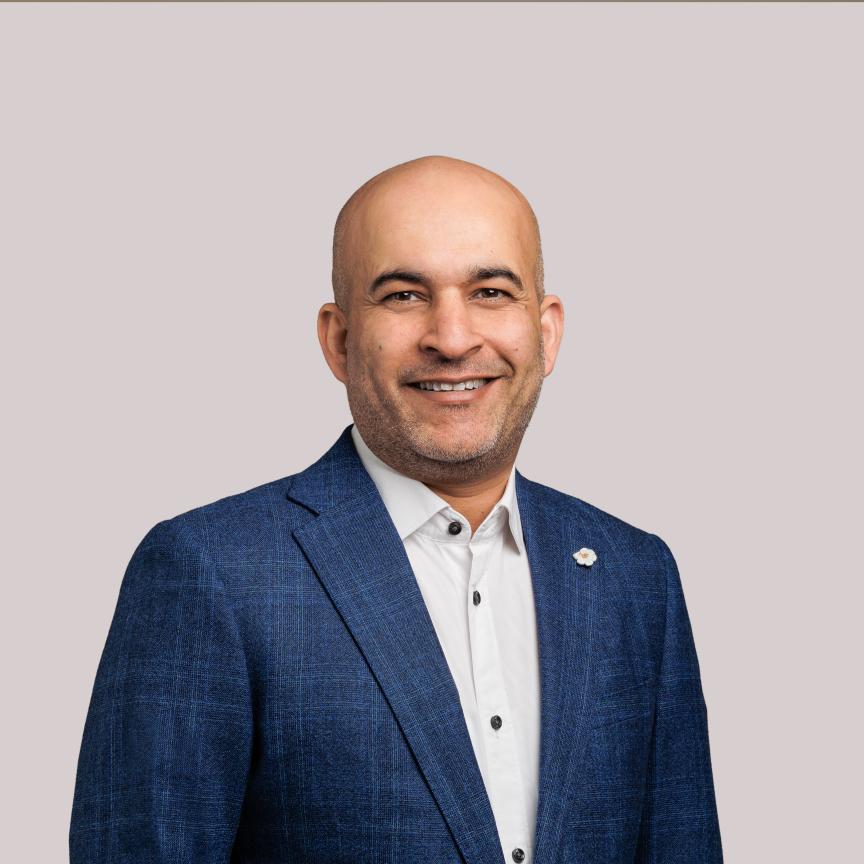With nominations underway for The Photonics100 – our list of the industry’s top innovators – Electro Optics spoke to previous honoree Callum Littlejohns, Cornerstone Coordinator at the University of Southampton about the future of his work.
What is the next big thing in your area of photonics research?
I lead a silicon photonics rapid prototyping service for researchers called Cornerstone. Silicon photonics markets are rapidly expanding with new application areas that cover consumer markets such as sensing for smart watches and lidar for driverless cars.
Silicon photonics already supports the reduction of the carbon footprint of the internet and will soon underpin healthcare and mobility. And let's not forget quantum. It is likely that the first useful quantum computer will rely on silicon photonics technologies.
What do you think the biggest challenges in your area will be over the next year?
The biggest challenge is developing the next generation of researchers, engineers, and technicians to enable silicon photonics technologies to thrive and grow. Staff in our field are already in high demand and that is only going to grow, so it is up to us all to inspire young people to enter into the field of photonics.
What is the biggest personal challenge you have overcome?
I wouldn’t say I have overcome it, but learning how to lead and manage a team has been a big personal challenge for me, but one that I am enjoying a lot because it is not something that is taught in traditional education. I am very passionate about reading in this subject area. Of course, none of what Cornerstone has achieved in the past several years would have been possible without a great team.
What advice would you give to someone embarking on a career in photonics research?
Do what you love and be yourself. Not everyone is made to be a great researcher, but there are many other opportunities in silicon photonics such as cleanroom engineers, business development managers, laboratory technicians and more, all of which are of equal importance to the future of silicon photonics.
Find what you enjoy and commit to being the best you can possibly be at it, remembering that there are many skills you’ll need beyond the classic academic skills you’ll learn in college and university.
Who has been the biggest help to you in your career?
I would have to say Professor Graham Reed, who is the leader of our research group and a pioneer of silicon photonics, but, more importantly, an all-round great person and inspirational role model. Graham always makes time for his team and has taught me how to become a good leader. He is also fun to be around!
Who, in your opinion, are the up-and-coming R&D ‘rock stars’ in your area or organisation?
Three people come to mind: Dr Li Ke, who is the most brilliant researcher I know and the current world record holder for the fastest Mach-Zehnder-based silicon photonics modulator, the industry standard device for data centre applications; Dr Thalia Dominguez Bucio, who is integrating new materials to silicon photonics circuits and is a popular lecturer; and Dr Milos Nedeljkovic, who is working on applications in the mid-infrared and is the best PhD supervisor I know.
You can make your nomination for The Photonics100 2024 here.


